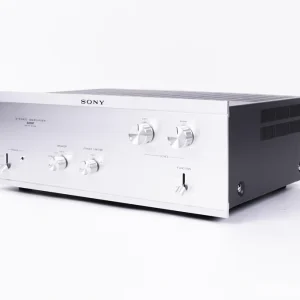Fire Prevention System
Fire prevention systems are put in place so a building’s fire load is as low as it can possibly be. ‘Fire load’ is a term used by fire protection professionals to determine the potential severity of a fire in a building, based on the presence of certain hazards. Essentially, fire prevention reduces the likelihood of a serious fire. By safely storing combustible materials, and taking care of points of ignition (such as heating systems and plug sockets), we are reducing the risks associated with fire.
We must always be vigilant of any potential fire hazards – a big part of this is carrying out regular fire safety inspections and risk assessments. However, fire prevention measures are mostly just common sense. We don’t need to be trained fire safety technicians to know the dangers of smoking indoors or blocking fire exits. We do, however, need to be advised on any specific measures put in place to prevent fire in a building. This applies to both residential and commercial buildings.
We can now see how fire prevention differs from fire protection. Fire prevention is about proactively identifying and removing fire hazards. However, we can never be 100% sure that a building cannot be at risk from fire. This is why we must supplement our fire prevention strategy with a fully-compliant, high-quality fire protection system.








Reviews
There are no reviews yet.